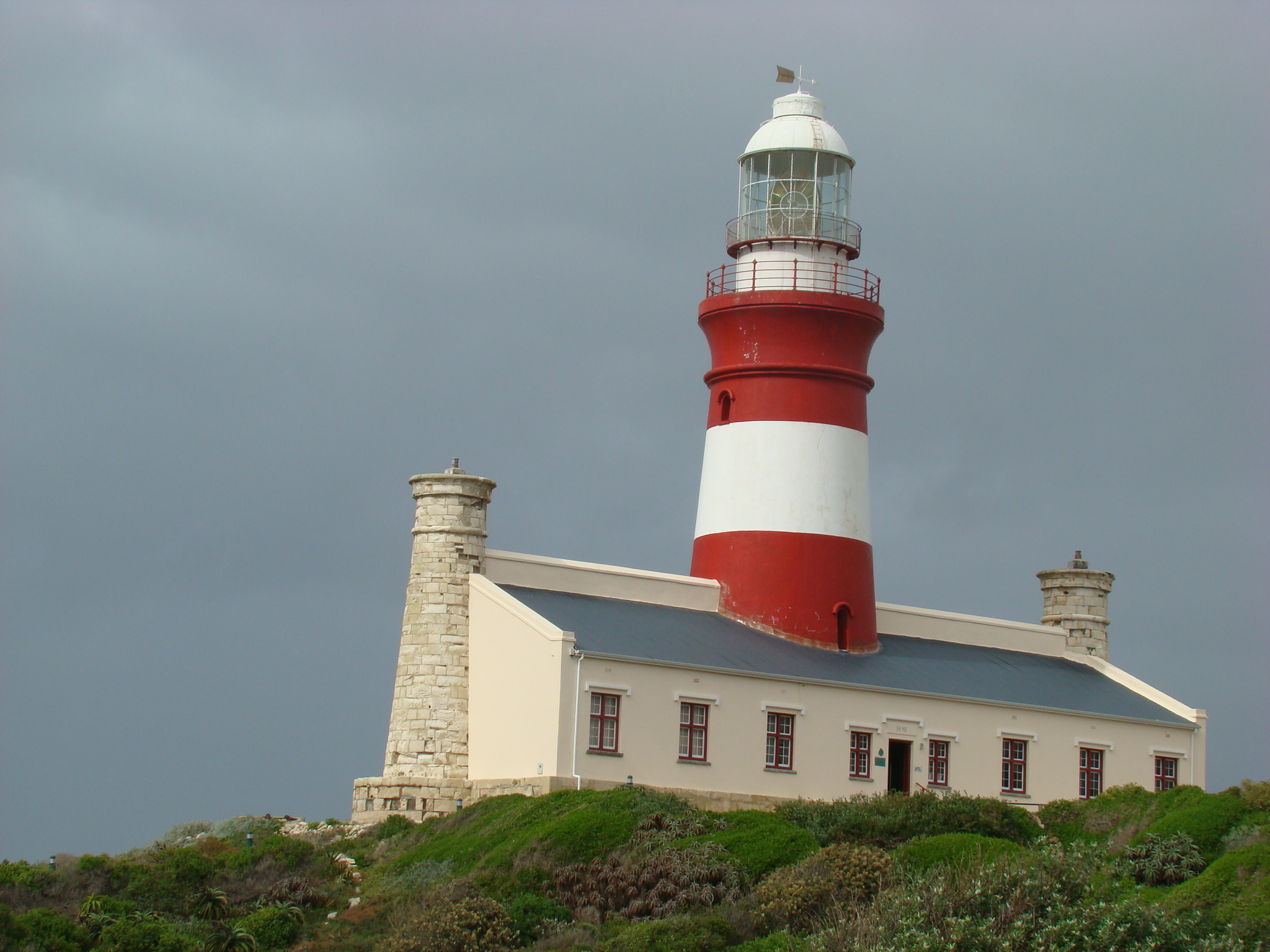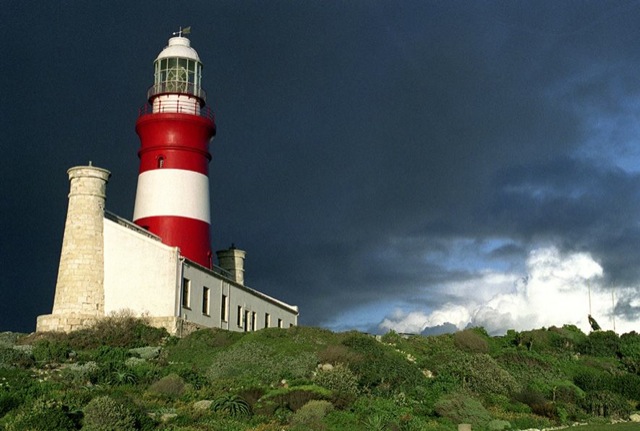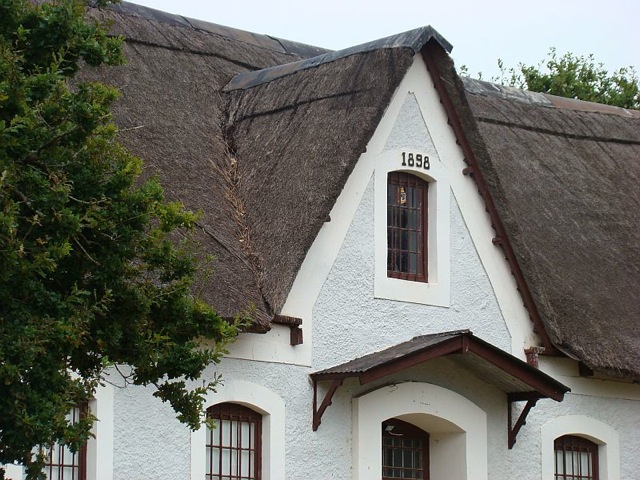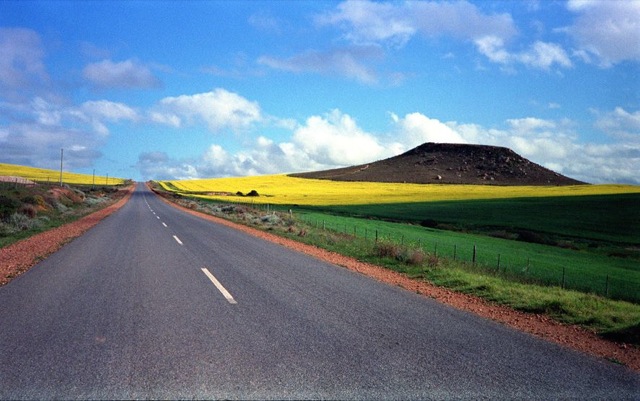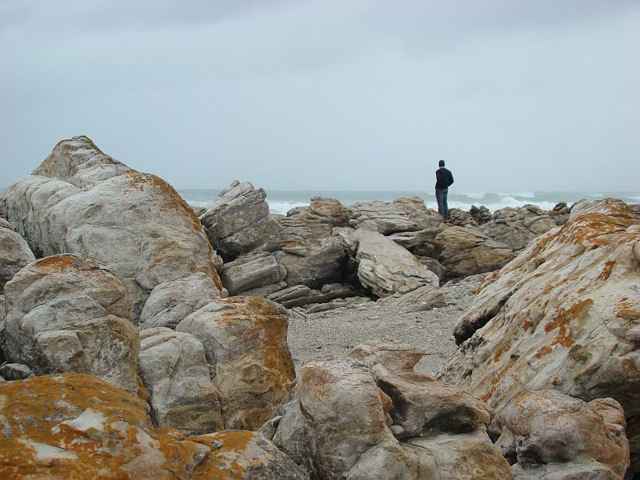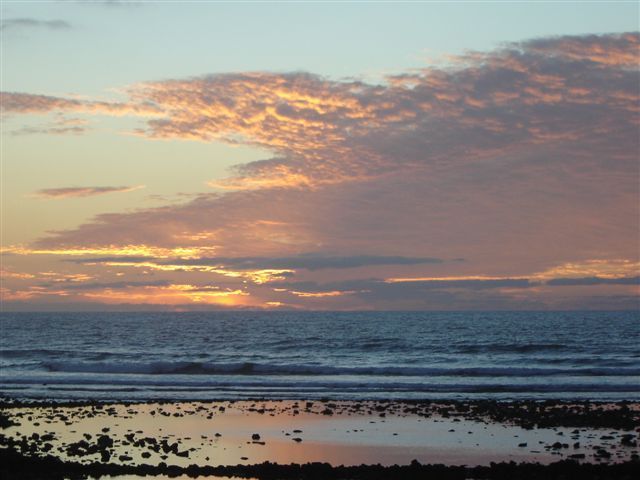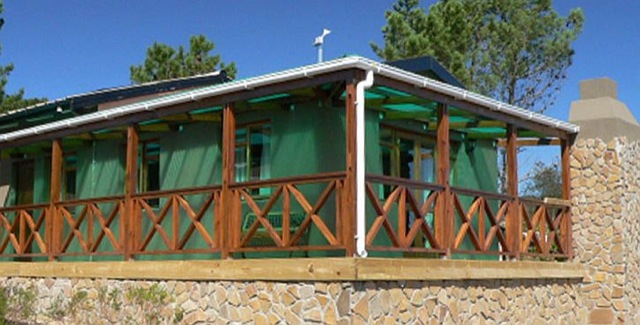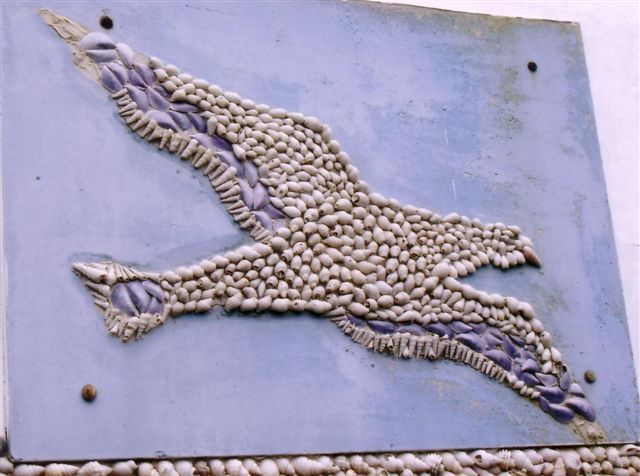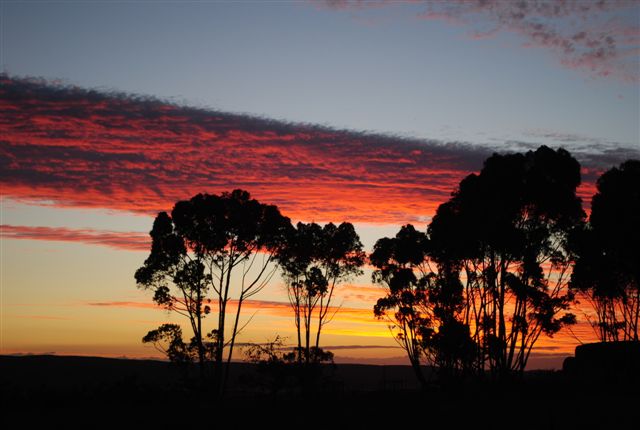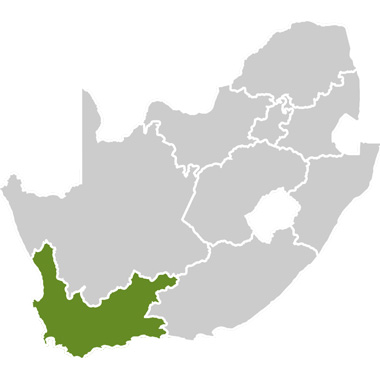The Southermost Route is set in the south Western Cape and is geographically striking, as it is situated at the southernmost point of Africa. The area boasts the unique floral wonders of the Cape floral kingdom and historical sites of note include the Khoi-Khoi Caves and old fishing villages that have survived to this day.
There are many shipwrecks that litter the coast and whale watching in season (September – November) always draws the crowds. The rocky coastline offers anglers and divers unending pleasure and the seas and rivers are favourites with fishing and boating enthusiasts. Heading away from the coast, the agricultural pursuits of the Overberg farms are worth a look in as are the nature reserves of this region. Two of the major projects here are the conservation efforts to save the Cape Griffin Vulture and efforts to revive the Cape Quagga.
Reasons to visit
The Overberg is home to a wide variety of wild flowers or fynbos, a unique feature of the Cape floral kingdom. It is the smallest of the six plant regions of the world, but it boasts the largest variety of plants – a staggering 9,000 species. Six thousand of these are found nowhere else in the world. De Hoop Nature reserve, the flagship of Cape Nature Conservation is nearby, covering 60,000 hectares of endangered fynbos. This reserve is home to South Africa’s largest population of Bontebok and also the endangered Mountain Zebra. There are various hiking and mountain biking trails on the reserve and whales can be seen from June to November at Koppie Alleen and Infanta.
Arniston is a favourite hideaway for holidaymakers looking to get away from it all. Activities in Arniston include angling, swimming, hiking, whale watching, and seeing the loaded fishing boats come in to Arniston Bay. It was also once listed by Time Magazine as one of the 10 most popular tourist destinations in the world.
Nearby Kassiesbaai is a must-see. The 200-year-old fishing village, which is a national heritage site in its entirety, is characterised by unassuming white thatch cottages where locals still make a living from the sea. Quaint coffee shops and craft shops dot the streets and the relatively warm sea is great for swimming in.
Check out the fascinating Shipwreck Museum in Bredasdorp which is filled with artefacts remaining from the many ships which have sunk along the treacherous coast of Agulhas, as well as the Audrey Blignaut Room which pays homage to the famous Bredasdorp born essayist. The Heuningberg Nature Reserve is great for nature lovers while nearby De Mond Nature Reserve offers superb angling and a number of wonderful hiking trails.
Elim is a National Heritage Site and offers something different. Steeped in religious history, a memorial thanking God for the emancipation of slaves in 1838 stands near the church and the village’s restored corn mill was built in 1828. The mill has the largest wooden wheel in the country and visitors can enjoy tea, coffee or lunch here. There are also some fantastic wine farms here for those who enjoy a little food and drink.
L’Agulhas is the southern most town in Africa, where the Indian and Atlantic Oceans officially meet. Early Portuguese seafarers rounding this dangerous point called it L’Agulhas, which means Cape of Needles (referring to the jagged rocks of the coastline and also the fact that a compass shows no real deviation between true north and magnetic north at this spot). L’Agulhas gets its rich heritage from the shipwreck survivors of many nationalities who settled in this desolate place.
The country’s second oldest working lighthouse was built here in 1848 in the Pharaoh style. Travellers can browse the fascinating lighthouse museum and curio shop or stop for a cup of tea. The koppie behind the lighthouse provides a panoramic view of where the two oceans meet, ships pass and Southern Right whales play in spring and early summer. The actual Southernmost Tip of Africa is 1km west of the lighthouse and is marked by a simple cairn.
Winter-time in Napier sees the surrounding fields illuminated in hues of green and yellow, making this charming town a popular getaway. Enjoy horse riding, hiking (Grootberg Trail) and tractor rides, while rare species of fynbos as well as flocks of the South African national bird, the blue crane, can be seen in the area.
Struisbaai is a pristine fishing village situated a short drive from the southern most tip of Africa. The beach here is exquisite, with an almost subtropical feel. The water is crystal clear and it’s brilliant colour is exaggerated by the colourful fishing boats, which reside in the harbour. Other activities include whale watching, horse riding on the beach, charter fishing trips and visiting the many curio shops and galleries in the area.

